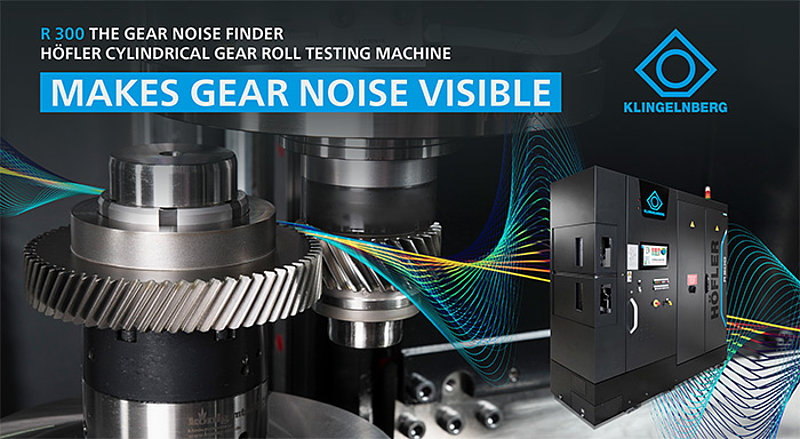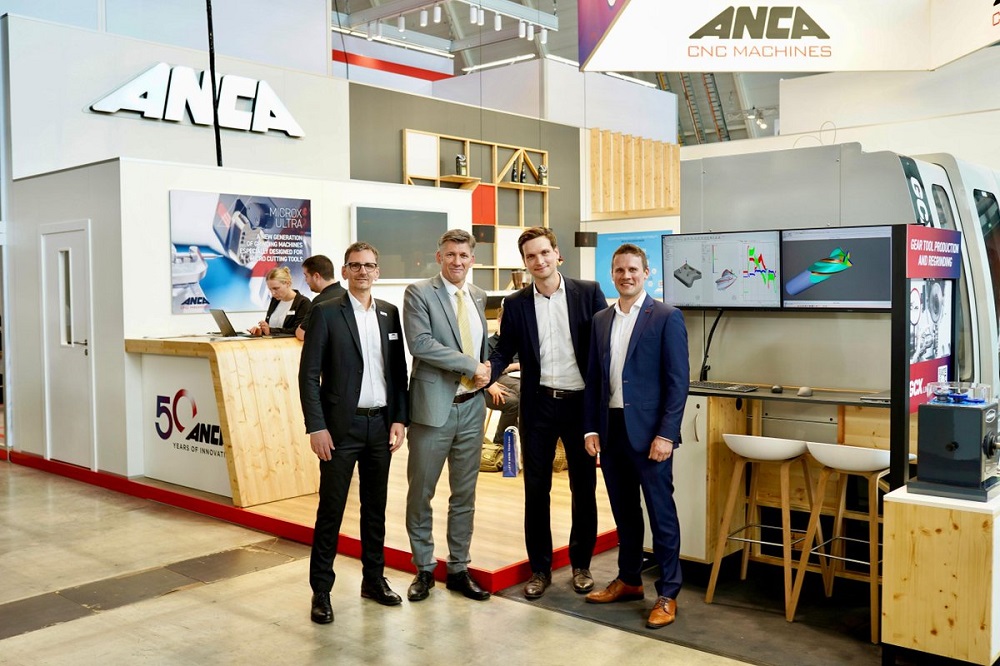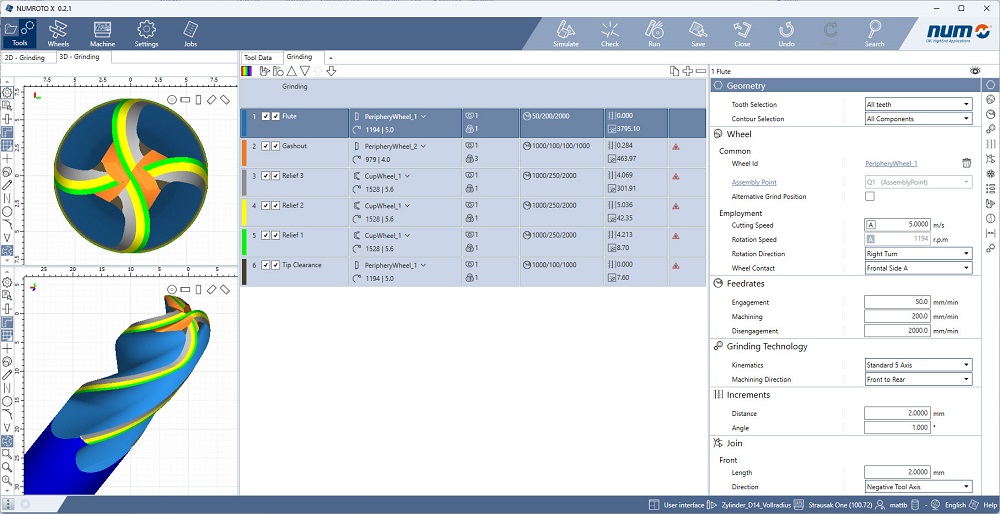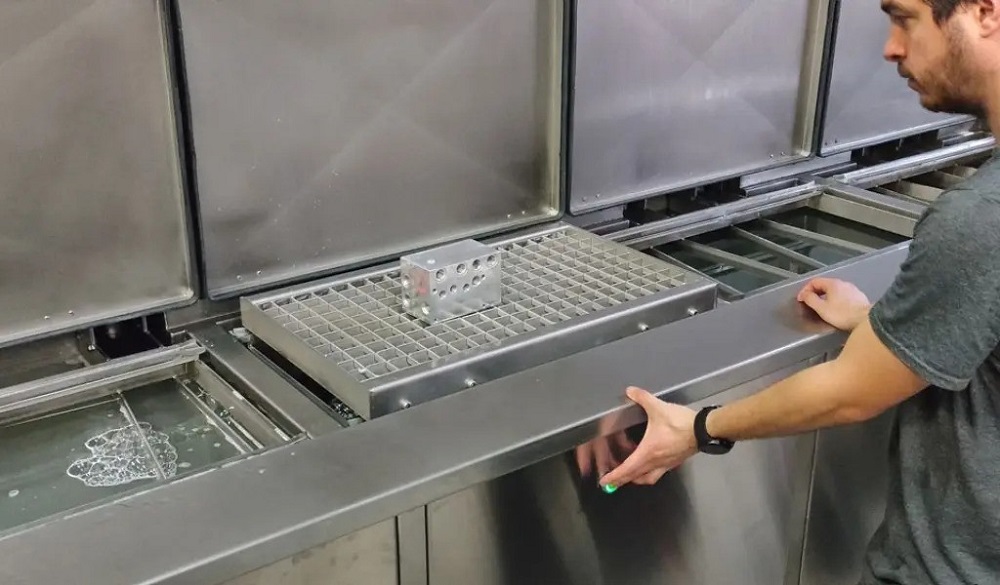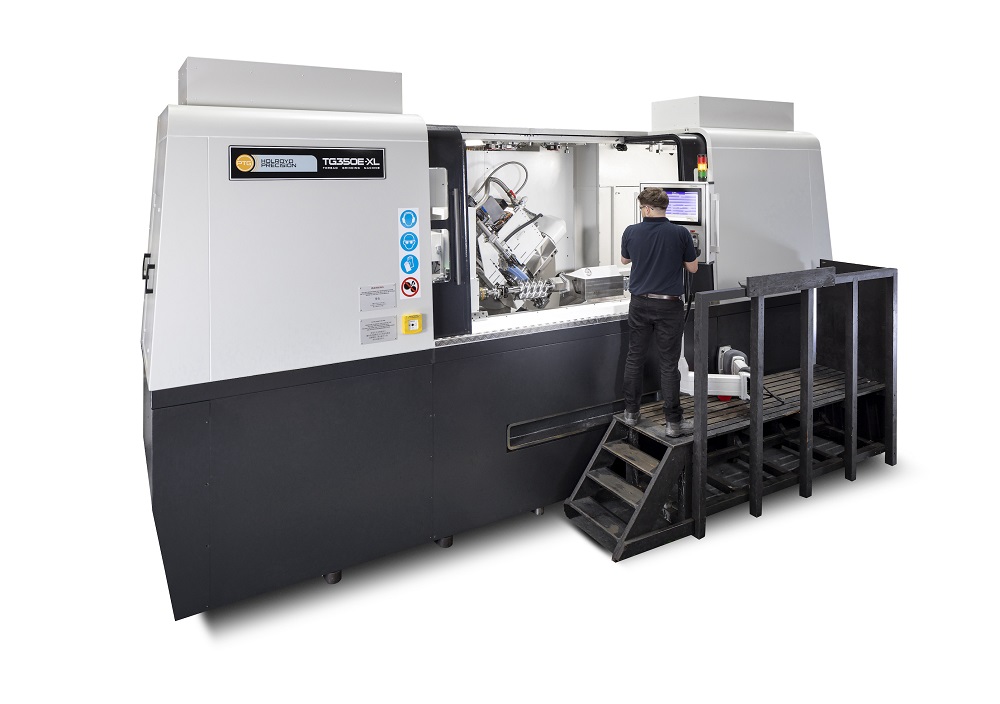At last month’s AMB 2024 machine tool exhibition in Stuttgart, grinding machine specialist Klingelnberg presented its latest developments. The company’s stand featured a Höfler Speed Viper cylindrical gear grinding machine, a Höfler R 300 cylindrical gear roll testing machine and a Klingelnberg P 40precision measuring centre.
Focusing on high-volume, large-scale grinding, the HöflerSpeed Viper is available in three models to suit individual requirements: Speed Viper 300 in single-spindle configuration, and Speed Viper² 180 and 80 in dual-spindle configuration. The latter ensures minimal non-productive time, fulfilling productivity requirements of the automotive industry.
With a partial or full automation system, Speed Viper can also feature an automation interface that meets the VDMA 34180 standard. ‘Gear Operator’ machine software and a process-oriented navigation system via wizard technology make operation easy, even in complex applications. And last but not least, ultra-modern drive and control technology maximises energy efficiency.
The metrology on the Höfler R 300 provides a reliable way to determine the root causes of gearbox noise. Due to the short measuring time, it can easily integrate into any manufacturing process and enable 100% quality control of gears. The R 300 is designed for all-roll testing processes that are relevant for evaluating the running behaviour and noise behaviour of gears. These include the single-flank test, structure-borne noise test and torsional acceleration test.
Klingelnberg also presented its tried-and-tested P 40 with advanced hybrid metrology, a combination of tactile and optical metrology. Using optical sensor technology developed specifically for gear measurement, it is now possible to measure not only pitch, but also waviness on the tooth flanks.
Machine from Klingelnberg are available in the UK from Micronz.
More information www.micronz.co.uk






